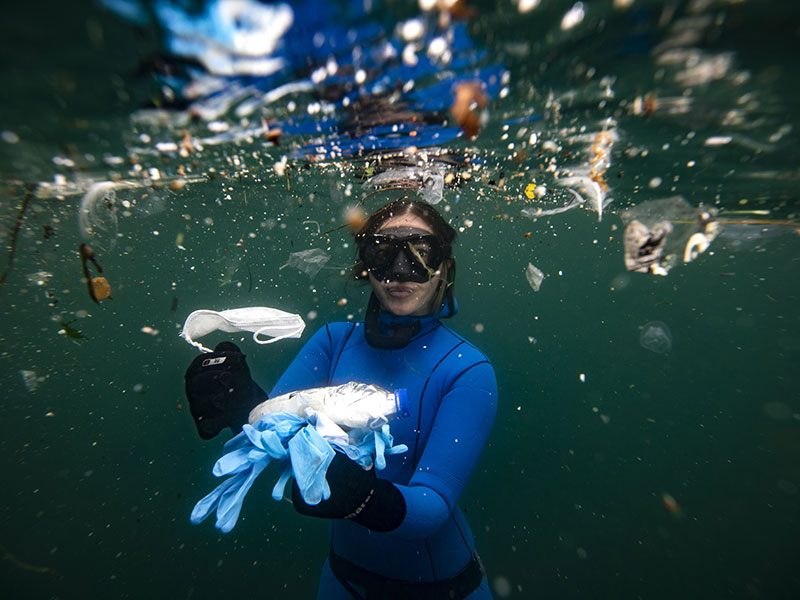Nations place faith in science
Governements everywhere are investing in the tiniest science, expecting large results
William Henry looks at the word of mouth and how it can spread dystopia
Nanotechnology is set to revolutionise just about every area of science you can name – health, medicine, technology, industry, engineering and aerospace. It is already capable of directing a drug onto a specific malignant cell, purifying water supplies, converting sunlight into usable power and forming infinitesimally small devices that can be used medically within the human body. In development are clothes capable of blocking biological and chemical weapons from coming into contact with human skin, batteries that are a hundred times more powerful than existing types, along with many other innovations too numerous to list.
By the end of 2010 South Korea will have invested $1.2bn in nanotechnology research and development over ten years, and is aiming to be amongst the top three nanotechnology nations in the world by 2020. The focus here has been on nanoelectronics for consumer applications and newly engineered “nano-materials” for industry.
The Chinese Academy of Science (CAS) is also taking nanotechnology exceptionally seriously, actively collaborating with over 60 countries, although the Beijing district alone currently has more nanoscientists than the whole of Western Europe. The country’s massive nanotechnology programme looks set to transform its export-based economy into an ultra-sophisticated world leader. But some have sounded a note of caution about the miracles that are said to lie ahead – Dr James Wilsdon, Director of the Science Policy Unit at the Royal Society, notes that China is pouring vast amounts of money into nanotechnology research and development in all areas, and believes that it is fair to assume that, like the US, a substantial proportion of this is bound to be used in the development of nano-weaponry.
Russia, too, is concentrating on nanotechnology, proposing to spend $7bn over five years in building its capabilities and collaborating with EU countries on the development of energy and life science applications as well as nanomaterials. India, too, is collaborating with European nations and the US in areas such as healthcare, the environment and energy; it’s also known to be working closely with China in the fields of science and technology.
Another major player in the nanotechnology race is Brazil, which invested €61.5 million in the five years between 2001 and 2006 primarily on the development of nanoelectronics, nanobiotechnology and nanomaterials. However, the country with just about the highest proportion of its GDP being diverted into nanotechnology is Finland; its nanotechnology programme has a budget of €70 million and it is cooperating actively with China, clearly aiming to be at the forefront of the field.
Germany, France and the UK are all also investing heavily in nanotechnology, with the latter in particular placing enormous emphasis on building research and educational bridges across the world. The UK-India Education and Research Initiative alone has seen $26m being pledged by four corporations and five UK government departments in the service of technological bridge building. Research in these collaborations is centred on the production of nanomaterials, photovoltaics, spintronics, quantum information processing, sensors, environmental applications and nanoelectronics.
It seems likely that, despite numerous challenges facing the development of nanotechnology in developed and developing nations – not least the harmonisation of intellectual property rights between them – both are likely to benefit from the unprecedented growth in technology trade heralded by the nano-revolution.













